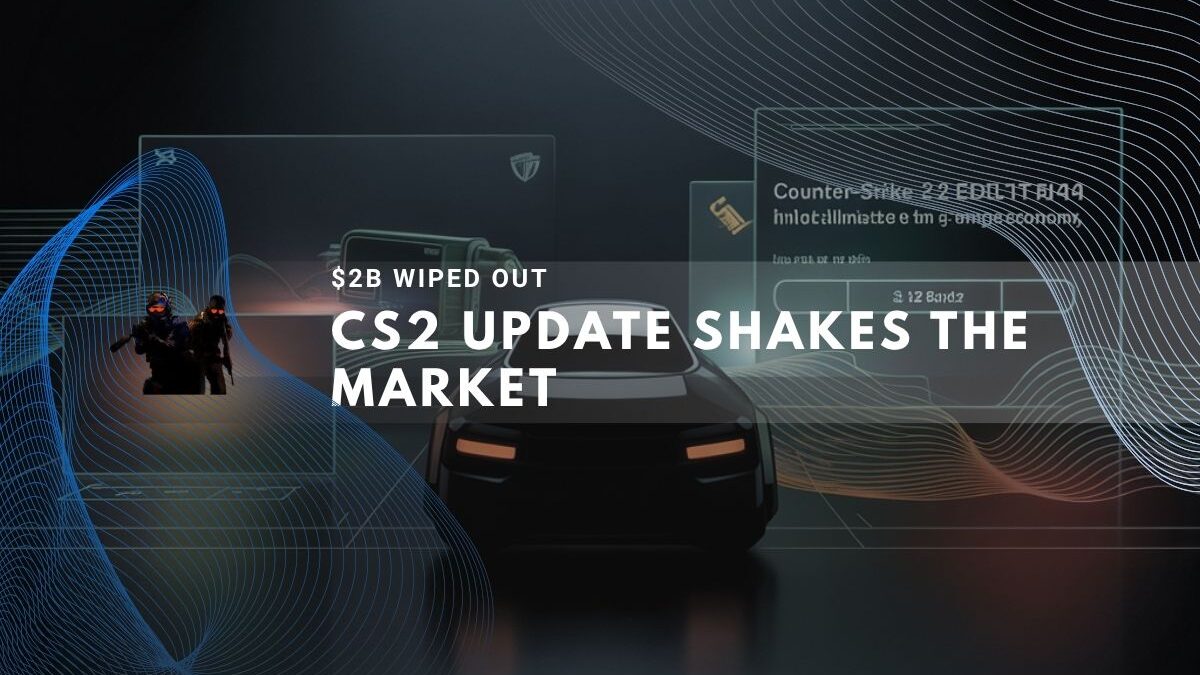Valve’s Counter Strike 2 update dramatically reshaped the game’s virtual economy, with the Strike 2 update wiping out nearly $2 billion in value from the in-game cosmetics market almost overnight. This 2 update wipes allowed players to trade five rare Covert skins for one previously unattainable gold knife or glove skin, disrupting the scarcity that upheld these items’ high prices. The update wipes 2 billion dollar market almost instantly, sparking intense reactions from players, professional traders, and investors. Valve Counter Strike 2’s sudden shift fueled debates around the future stability of digital asset markets in gaming.
Key Gameplay and Economy Changes Introduced in the Update
- Trade-Up Contract Expansion: Players can now combine five Covert-quality skins to craft a rare gold skin, including knives and gloves previously unobtainable through trade-ups.[3][4]
- Return of Retakes Mode: Added gameplay variety alongside economic changes, enhancing tactical options in competitive play.[1]
- Trade Protection Enhancements: Items labeled Trade Protected cannot be retraded for seven days, improving anti-fraud measures and market integrity.[5]
Economic Impact: Market Value Declines Sharply
- The Counter-Strike 2 skin market capitalization plunged from an estimated $6 billion to about $4.2 billion in 24 hours after the update Wipes, a near $1.75 billion drop according to Pricempire data.[5]
- Some market trackers and community reports indicate losses could be as high as $3 billion when factoring ongoing price volatilities.[11]
- Knife and gloves skin prices fell between 50% and 70%, while Covert skins rose due to new trade-up demand.[12][13]
- Notably, professional player Olof “olofmeister” Kajbjer’s inventory value dropped from approximately $58,000 to $18,000, reflecting the harsh market correction for high-end skins.[14]
Community Reaction: A Mix of Opportunity and Frustration
- Accessibility advocates welcomed the update for allowing broader access to rare skins.
- Many traders and investors condemned the sudden asset devaluation—some voiced mental health concerns tied to financial stress.[3]
- The divide illustrates tension between democratizing access and protecting digital asset investments.
Valve’s Official Position and Future Outlook
- Valve emphasizes the update was focused on gameplay balance, trade system security, and fraud prevention—not deliberately manipulating market values.[5]
- The company clarifies that player preferences and market health inform decisions but do not solely guide updates.
- Trade security features including seven-day locks and fraud victim protections aim to build a safer and fairer marketplace.
Broader Implications for Virtual Economies
- Rule changes demonstrate the fragility of scarcity-driven digital asset markets controlled by platform owners.
- Similar phenomena are observed in blockchain and NFT markets, highlighting substantial volatility risks.
- Investors should approach in-game cosmetics as highly speculative digital property.
- The 2 update hits highlight how market values can shift overnight, and the update hits underscore the volatility inherent in these digital assets.
